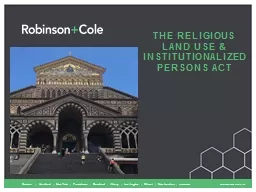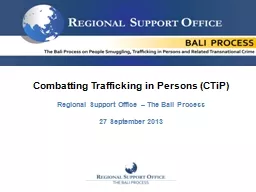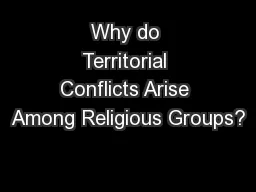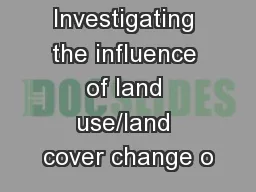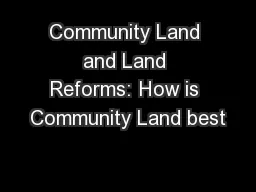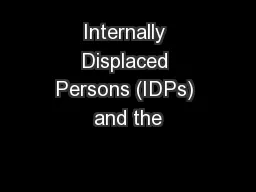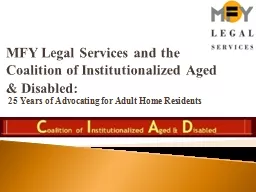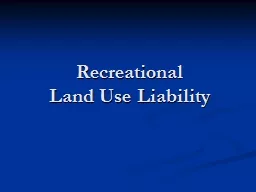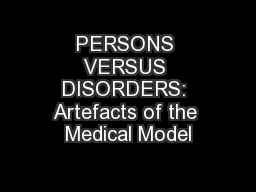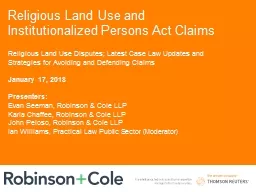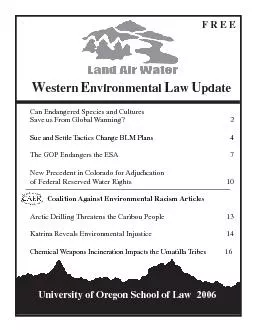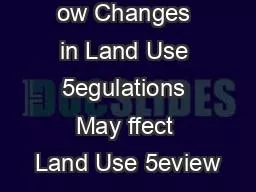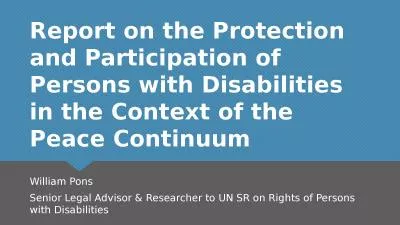PPT-The Religious land use & institutionalized persons act
Author : alida-meadow | Published Date : 2018-11-06
Types of RLUIPA Claims Substantial Burden 42 USC 2000cca Equal Terms 42 USC 2000ccb 1 Nondiscrimination 42 USC 2000ccb 2 Exclusions and
Presentation Embed Code
Download Presentation
Download Presentation The PPT/PDF document "The Religious land use & institution..." is the property of its rightful owner. Permission is granted to download and print the materials on this website for personal, non-commercial use only, and to display it on your personal computer provided you do not modify the materials and that you retain all copyright notices contained in the materials. By downloading content from our website, you accept the terms of this agreement.
The Religious land use & institutionalized persons act: Transcript
Download Rules Of Document
"The Religious land use & institutionalized persons act"The content belongs to its owner. You may download and print it for personal use, without modification, and keep all copyright notices. By downloading, you agree to these terms.
Related Documents

